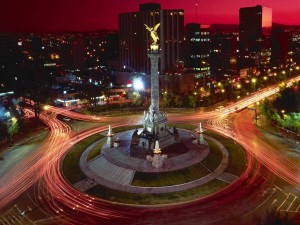 Mexico City Population 2013
Mexico City Population 2013
The most current estimate for the population of the city of Mexico City, Mexico is about 8,864,000, which is an increase of about 0.15% from the last record of the population. Mexico City is the capital of Mexico as well as the largest city in the entire country. The city, along with its metropolitan area, is the largest Spanish-speaking city in the entire world. Based on the total land area and the total population of the city, the population density of Mexico City is about 15,000 people per square mile.
Demographics of Mexico City
Approximately 19% of Mexico City’s population is considered to be of indigenous communities, looking for better economic situations. Other than the indigenous people, many people considered as expatriates and immigrants have come to the city. Some of the main countries with emigrants in the city are the United States, Argentina, Colombia, Cuba, Guatemala, Spain, Germany, Egypt, and China.
As is true with the entire country, the main language of the city is Spanish. However, because of the indigenous communities in the city, languages like Nahuatl, Otomi, Mixteco, Zapoteco, and Mazahua are also spoken in the city.
Of those people that did not migrate into or out of the city, about 70% of the population is under 15 years old, while the other 30% is under the age of 15 years. However, only about 17% of that population over the age of 15 years has received higher education. Lastly, about 41% of the non-migrant population is considered to be economically active, which means that the person has a job or is looking for a job.
Of those people that emigrated from the city, about 25% is under the age of 15 years, while the other 75% is over the age of 15 years. About 23% of the population has received higher education. Lastly, about 54% of the population is considered to be economically active.
The largest religion in the city is considered to be Roman Catholicism. The city has a higher Roman Catholic population than the national average of the entire country. Despite this high portion of Roman Catholics, the city also consists of those that practice various Protestant religions, Buddhism, Judaism, and Islam. Also, due to the large number of indigenous communities, some indigenous and ancient religions are still practiced.
Economy of Mexico City
The city of Mexico City is the producer of approximately 22% of the entire country’s Gross Domestic Product. The business district, Santa Fe, is home to some of the largest banks, insurers, and international financial companies in the country. The Bolsa Mexicana de Valores, the Mexican Stock Exchange, is also located in Santa Fe. Some of the most important aspects of the economy are the production of iron and steel and their usages in construction.
Sports in Mexico City
The main sport in Mexico City, along with the entire country of Mexico, is football (American soccer). There are three main football teams based out of Mexico City: Los Pumas, Cruz Azul, and Club America. Los Pumas represent Ciudad Universitaria and they play at Estado Olympico, which houses over 70,000 people. Club America plays in Estadio Azteca, which houses over 100,000 people. Baseball is another sport that is gaining prominence throughout the city. Los Diablos Rojos de Mexico represent the city in the sport of baseball.
Historical Population of Mexico City
Since the mid-20th century, the population of the city of Mexico City has only decreased during one period of time, which was from 1980-1990. However, overall, the population experienced high growth in the second half of the 20th century.
| Year | Population |
| 1950 | 3,050,400 |
| 1960 | 4,870,900 |
| 1970 | 6,874,200 |
| 1980 | 8,831,100 |
| 1990 | 8,235,700 |
| 1995 | 8,489,000 |
| 2000 | 8,652,000 |
| 2005 | 8,720,900 |
| 2010 | 8,851,100 |
Mexico City Live It To Believe It



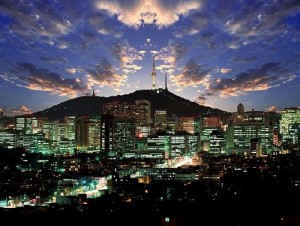 Population of Seoul
Population of Seoul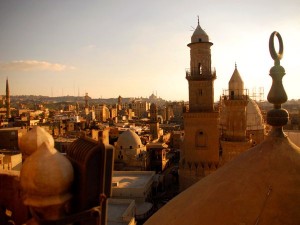 Cairo Population 2013
Cairo Population 2013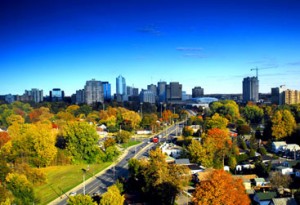 London Ontario Population
London Ontario Population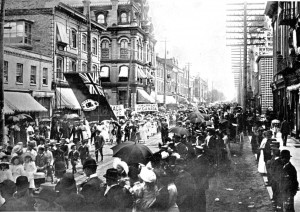 Historical Population of London, Ontario
Historical Population of London, Ontario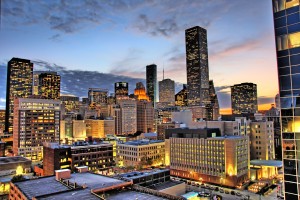 Houston Population 2013
Houston Population 2013 The Lyndon B. Johnson Space Center (JSC) is the National Aeronautics and Space Administration’s (NASA) center for human spaceflight training, research, and flight control. The center consists of a complex of one hundred buildings constructed on 1,620 acres in Houston, Texas. Johnson Space Center is home to the United States astronaut corps and is responsible for training astronauts from both the U.S. and its international partners. It is often popularly referred to by its central function during missions, Mission Control.
The Lyndon B. Johnson Space Center (JSC) is the National Aeronautics and Space Administration’s (NASA) center for human spaceflight training, research, and flight control. The center consists of a complex of one hundred buildings constructed on 1,620 acres in Houston, Texas. Johnson Space Center is home to the United States astronaut corps and is responsible for training astronauts from both the U.S. and its international partners. It is often popularly referred to by its central function during missions, Mission Control.